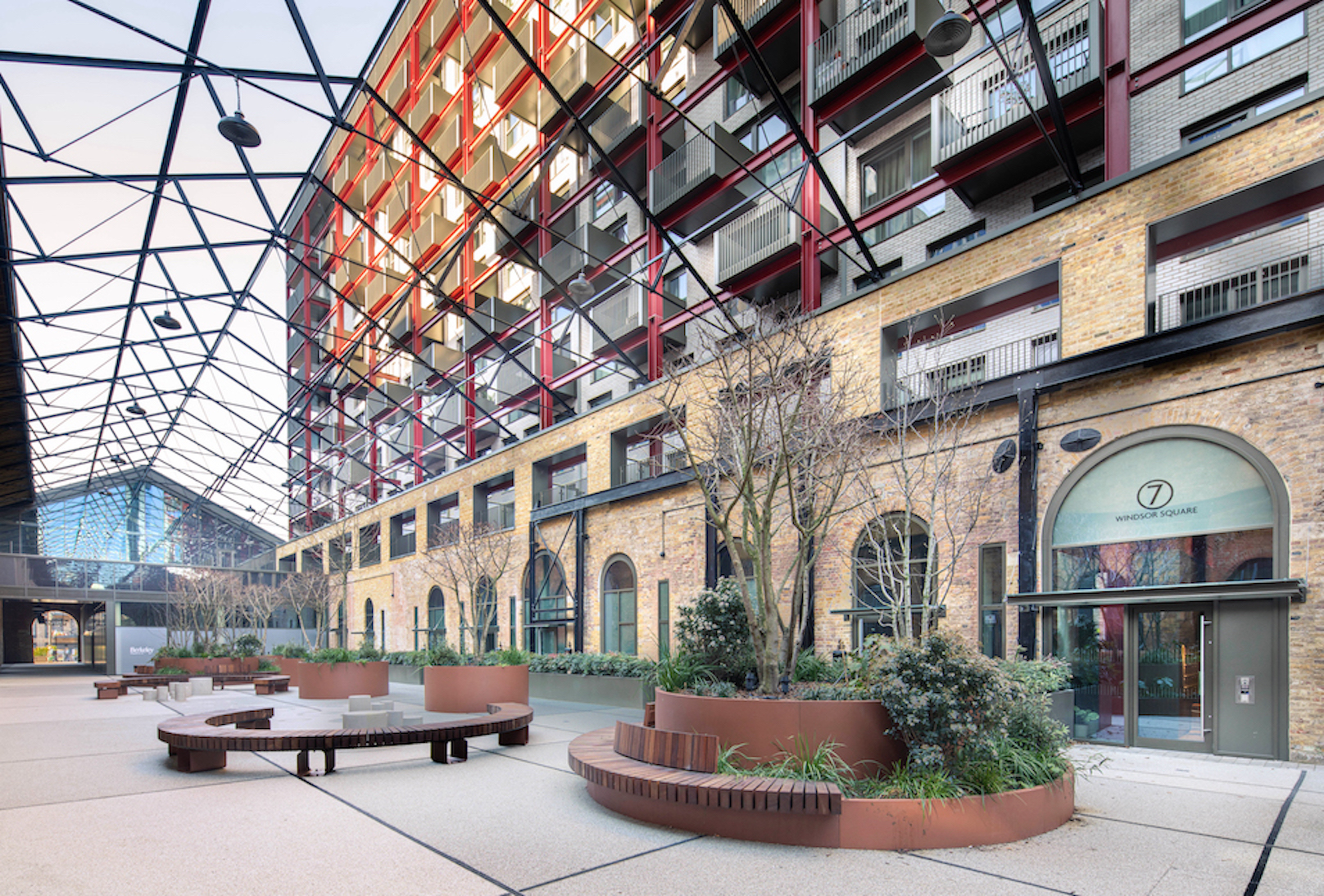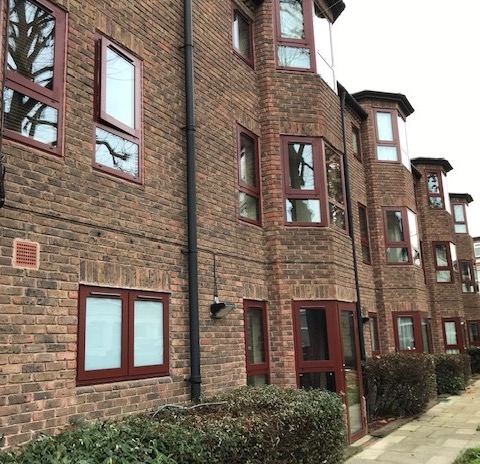What are fan lights?
Fanlights were introduced in the 1720s.They were originally a fixed window above a front door that, before the advent of electricity, enabled more light to enter the previously dark hallway. Early designs were in the shape of a fan, hence the name. A classic example is at 10 Downing Street. In later Georgian times rectangular frames became popular. Now, fanlights are generally rectangular, above windows as well as doors and opening as well as fixed.
Modern fanlight applications
The use of fanlights has widened far beyond their original intended function. Now, for example, fanlights can be vital elements in the ventilation systems of modern buildings, or essential parts of smoke control systems linked to fire alarms.
A common application for fan lights is in modern schools where automatic ventilation, controlled by sophisticate building management systems, allows night-time cooling and ventilation. The system will automatically open all the vents with an exhaust chute to cool the school through the night ready for the next day.
However, fanlights can simply be used to visually balance a timber fire rated screen as in the Guys Hospital case study
Recent innovations include the use of frameless fanlights (or vents), operated electronically, included in curtain walling systems. (See the Lady Eleanor Hollis case study)
What needs to be considered when designing and specifying fan lights?
- Smoke control
- Fire resistance
- Ventilation
- Thermal performance
- Glass specification
- Opening requirements remote, electric or manual
- Requirements for light
- Material (in keeping with the door, window or curtain walling system)
- Should they open in or out?
- Should they be top or bottom hung?
- Aesthetics
- Height of the fan light and access
- Building interfaces and correct detailing
To find out more about the use of fan lights as part of complete curtain walling or glazing schemes read the case studies on Lady Eleanor Hollis School (where Hybrid composite curtain walling was used) or St Georges Road.
Gallery






